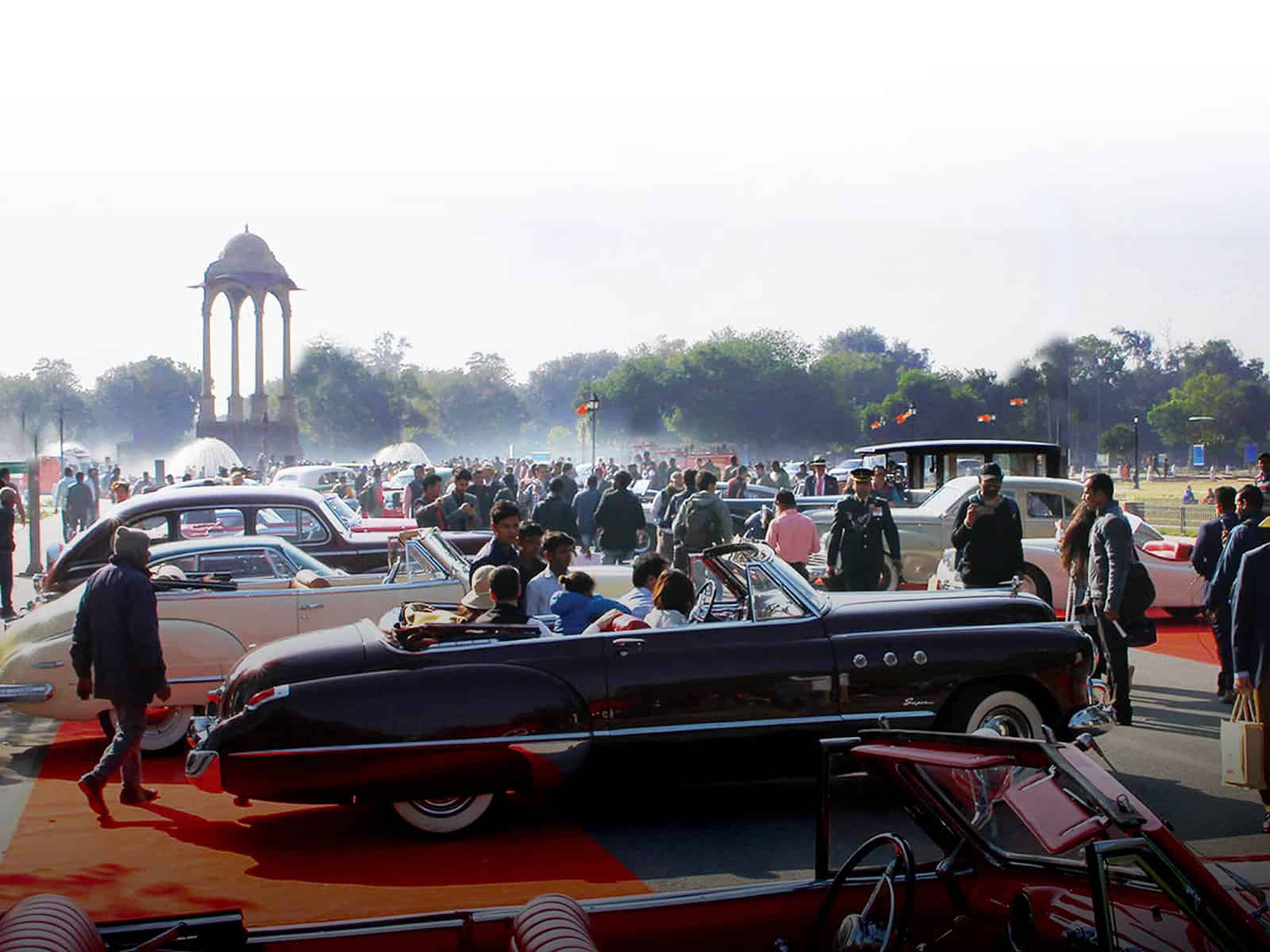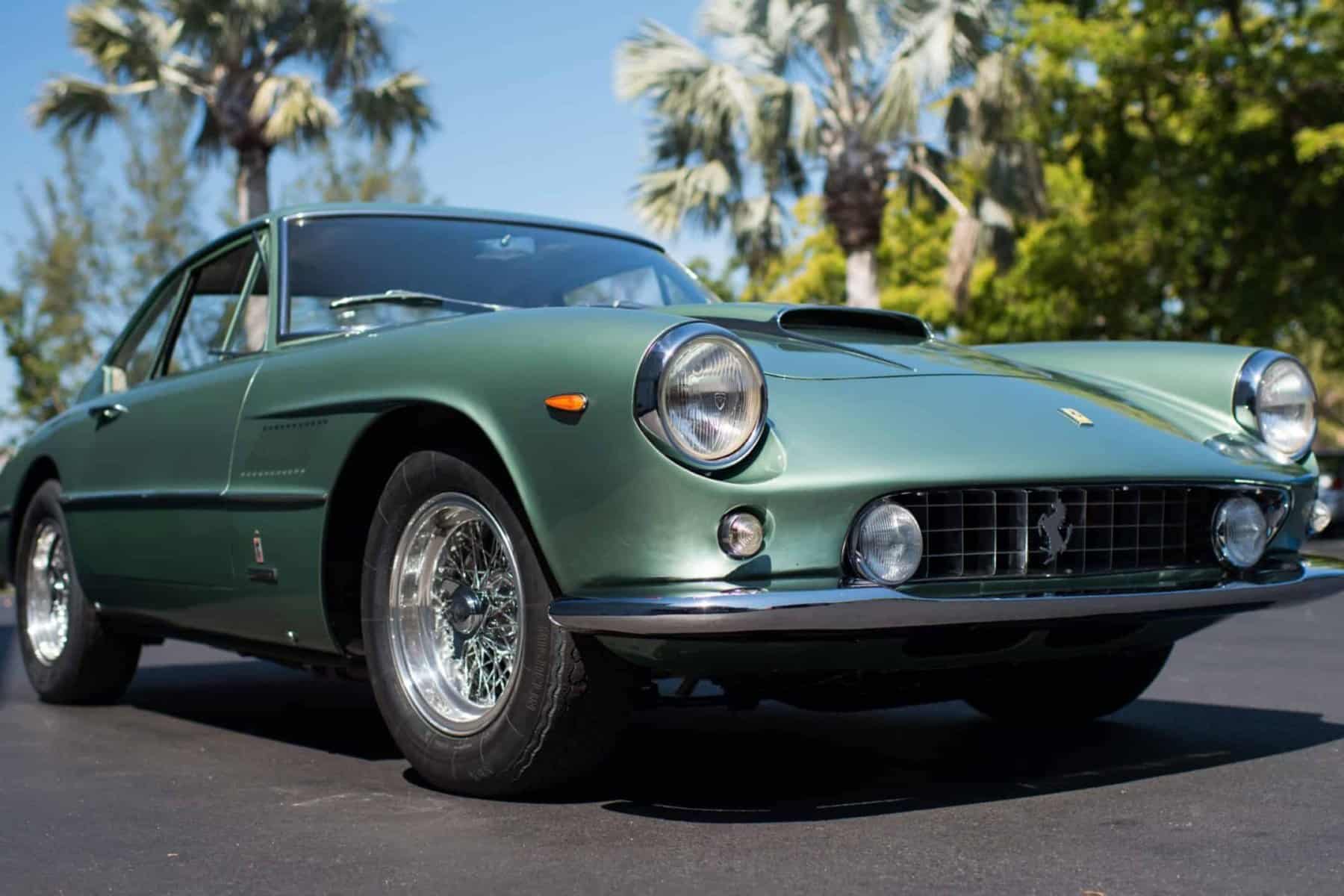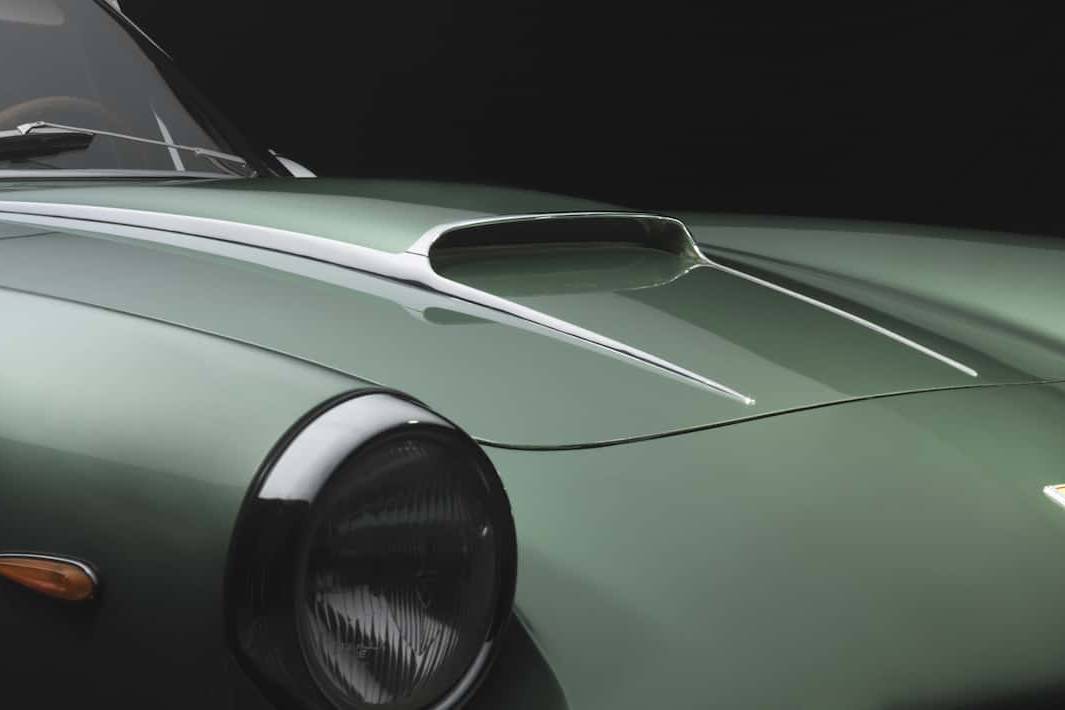21 Gun Salute International Vintage Car and Bike Rally and Concours d’Elegance
Celebrating India's Car Culture
BY: MELANIE STEVENS
“Every Concours d’Elegance is stylish, but each event has a personality of its own. In India, colors, emotion, and sheer love of machinery prevail every day on its pulsating streets. People really celebrate the automobile.”
The 9th edition of the 21 Gun Salute International Vintage Car and Bike Rally and Concours d’Elegance took place at the Karma Lakelands Golf Course, Gurugram, India, on February 15, 2020. The event was a showcase for the realities and vibrancy of the automotive culture of contemporary India, a nation with a rich motoring history that extends from the early days of the automobile to the present. Legendary examples of bespoke coachwork were undertaken for Indian royalty in the days when India was one of the wealthiest countries in the world. Today, India’s motoring heritage is vibrant thanks to the joyful, smart enthusiasts who adore their cars and love driving and working on them in a difficult environment.

Flagged off from India Gate at the heart of the city on a misty spring morning, local car enthusiasts were treated to the incongruous but glorious sight of over 125 vintage cars battling their way through the notorious Delhi traffic. Considering that the average salary of a Delhi taxi driver is around $50 a week, and entry to the Concours was around $10 per person, it was important that ordinary Indian people had a chance to see the cars as they left the elegant Lutyens-designed city center to drive to the Concours.
Unsurprisingly, the drive on Delhi’s jam-packed roads to a golf course 20 miles out of town –two hours in “Delhi travel time” – took its toll on some of the ancient automobiles. Luckily, breakdowns and traffic jams were negotiated successfully and most of the participants made it to the Concours in the end, though almost all arrived at least two hours late. This kind of chaos is treated in the spirit of a challenge, and not a disaster, in India. The show, almost always, goes on.
And what a show. A glorious swirl of color, it is conceived as an extravagant showcase for India’s passion for heritage motoring. European and American cars, as well as Indian-manufactured originals were arranged in 14 different classes. Marques displayed ranged from Izetta to Rolls Royce, with every imaginable hue, shape, size and vintage variant. Many of the cars are heirlooms belonging to Indian royalty; some are hobby cars cherished by local businessmen and women; some were shipped in by international car lovers especially to take part in the event.

Best of show was the 1949 Bentley Mk VI razor-edge saloon by Hooper, originally built for the Maharajah of Mysore and now owned by Yohan Poonawala.
With the Indian flag proudly flying in the breeze above the Concours, and heavy security around Indian royalty, the 21 Gun Salute Concours is a globally acclaimed event supported by the Ministry of Tourism, Government of India. An international team of 30 judges included well-known and respected experts such as Donald Osborne, Revs Institute’s Scott George, Hagerty Price Guide’s publisher David Kinney and Tiddo Bresters, President of the International Federation for Historic Vehicles (FIVA).
This year, the event launched the first Incredible India Rally, a 4,000 km journey through northern India, visiting the princely states of Haryana, Uttar Pradesh, Gujarat and Rajasthan. About 15 participants from across the world shipped their automobiles to India for the inaugural, month-long, rally. The day after the Concours, they set off into Northern India to explore, driving their remarkable machines across this vivid continent.

Traditional Indian ceremonial horses, dancers, and bands accompanied the presentation of every award-winning car. Despite Delhi chaos, traffic jams, and one or two administrative “spasms,” the Concours remained a triumph of Indian energy and imagination, gathering automotive masterpieces from around the world and displaying them in a garden setting in the warm Indian springtime sun.




